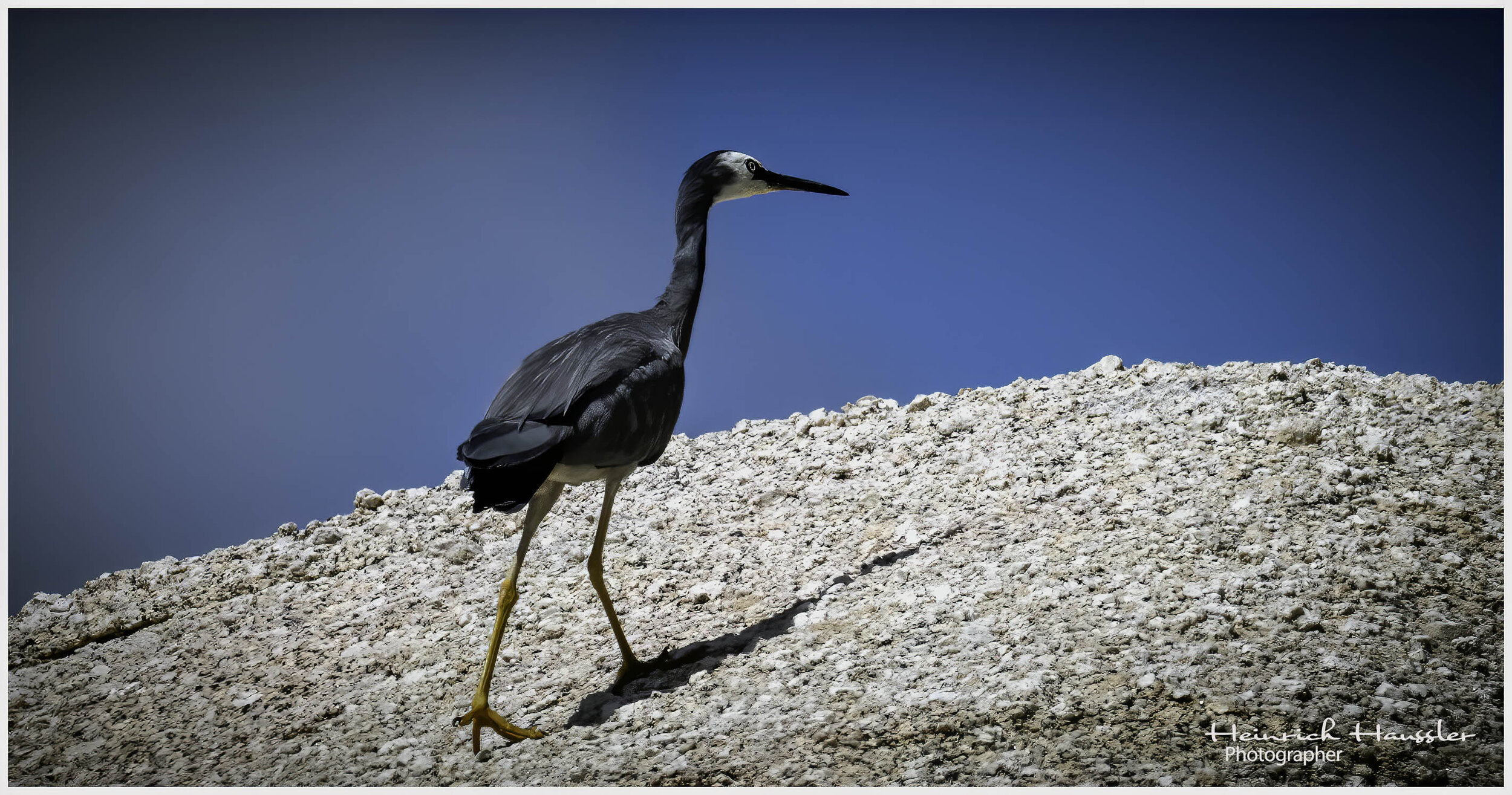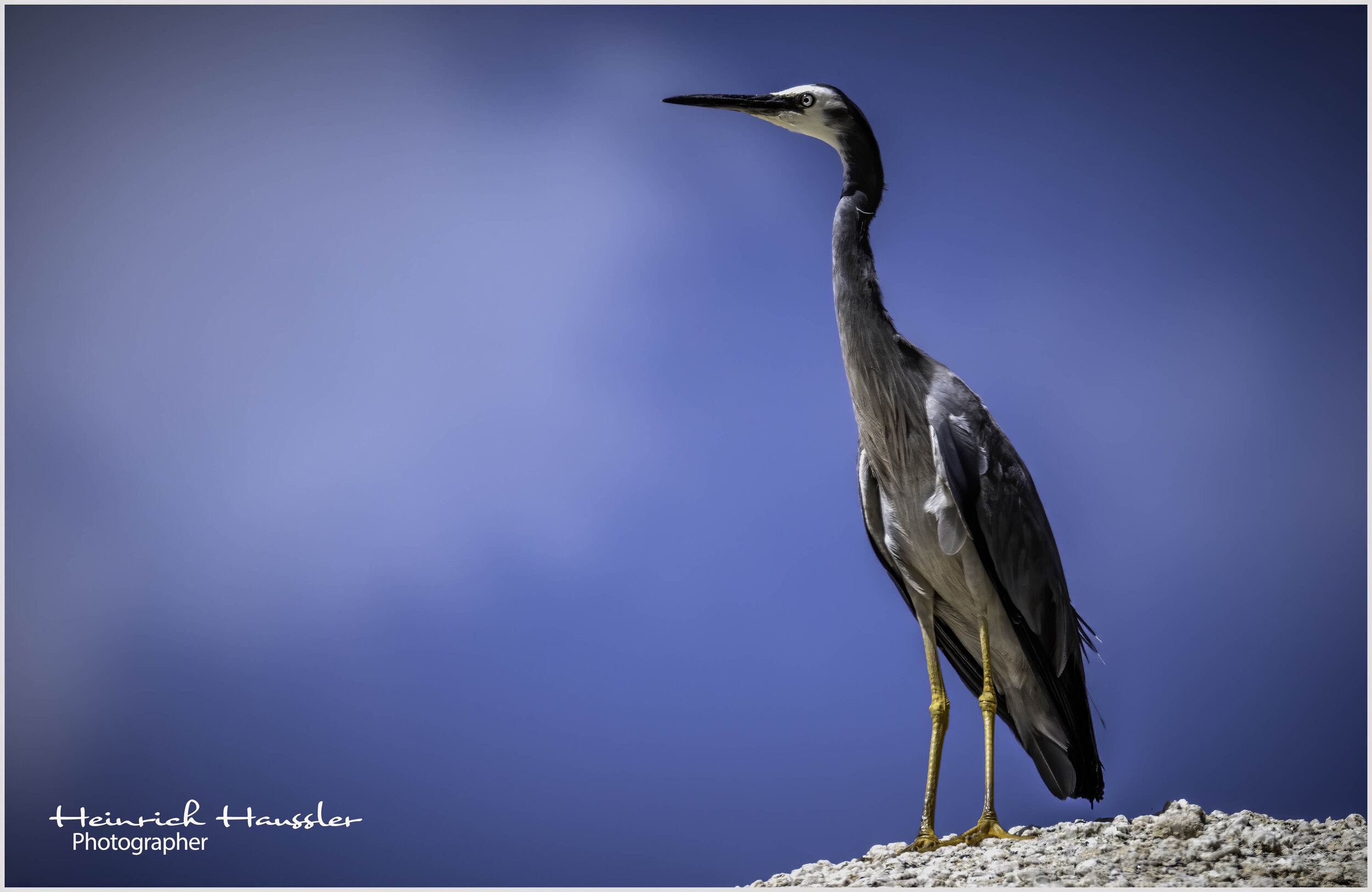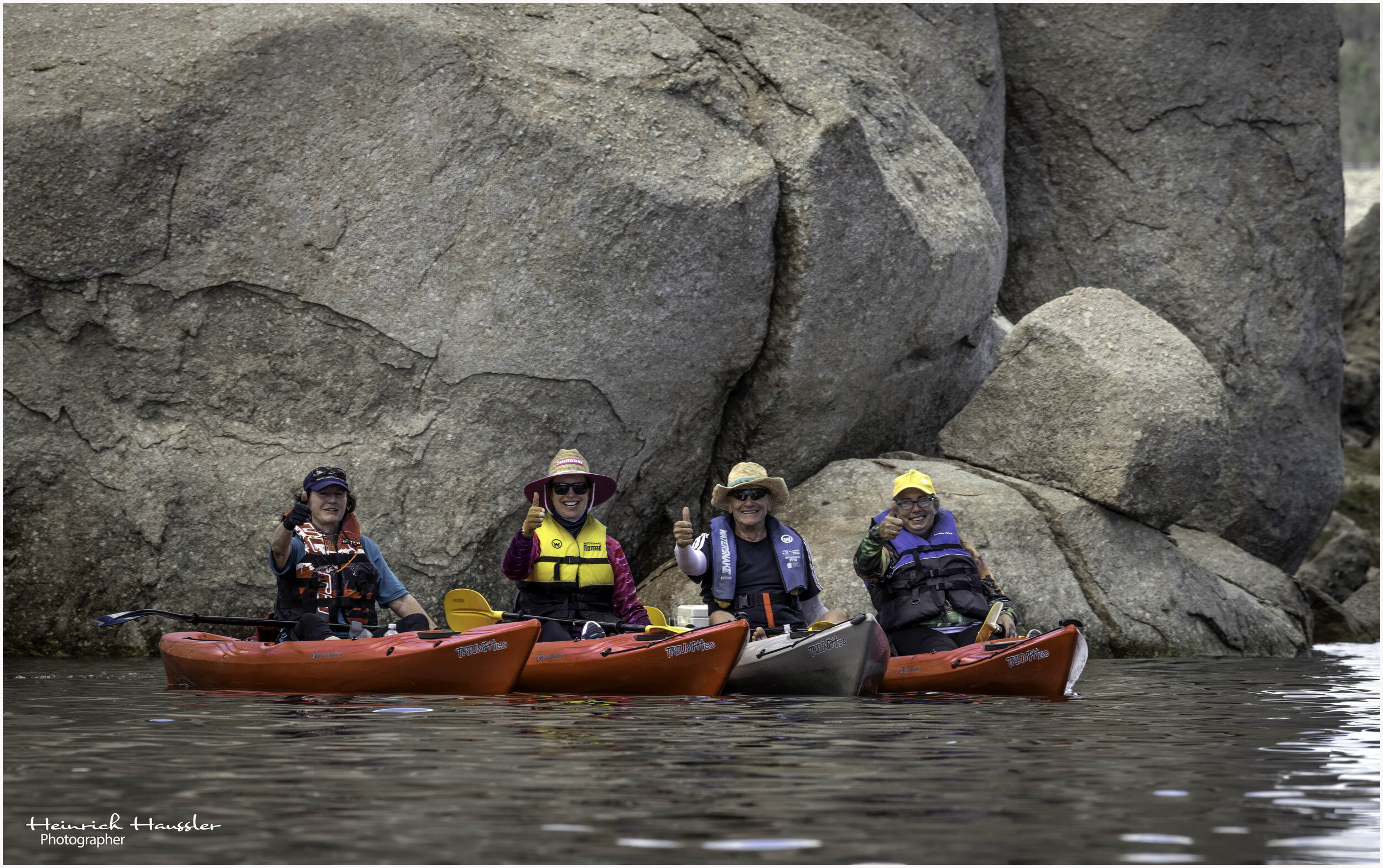







Copeton Dam a wonderful recreation area for kayaking
8 to 14 km paddles from the Northern Foreshores across the Dam or 18 to 28 km paddles across the Dam and into the Gwydir River are available through Joeys Adventure Tours. Ring 0427210359..













Images by Wildlife Photographer
Heinrich Haussler

The Sea Eagle the King of the North West Skies has made Lake Inverell its home.

A young Sea Eagle born at Lake Inverell ready to leave the nest.

The word 'eagle' and the associations that come with it 'soaring', 'majestic', 'eagle eye' and 'king of the skies'. ... The eagle is an icon of courage, strength and immortality. It's been used as a symbol of military power and victory in Ancient Rome and would appear on banners, coins and other insignia.

One of the parents above still guarding the young eagle below.

A powerful predator that feeds on Fish, Turtles, Akahli, Mice and Rabbits.

With a wingspan of up to 2 metres it is an impressive sight in the Sky above Lake Inverell

The young Sea Eagle is fairly dark and will only change to a white chest and head when approaching adulthood.




Sea Eagles stay together as a couple for life and mostly return to the old nest year after year.


Lake Inverell and its Bird and Wildlife Sanctuary is a paradise for bird watchers and photographers.

An adult Sea Eagle the White Breasted Sea Eagle.

First flying attempts with one of the parents watching on.

Lake Inverell will become the young Eagles home with a good food supply a river and lovely flea all around.



A powerful predator that can spot a mouse from 2km away.







The parents again have raised two young eagles and can now look forward to another season with the lake and the river having recovered from last years drought and bushfires.
THE WHITE BELLIED SEA EAGLE.
The White Bellied Sea Eagle
The White-bellied Sea-Eagle is Australia’s second largest eagle it has long broad wings and a fairly short, wedge-shaped tail. It can measure 75–85 cm in length, and it has a wingspan of 180to 220 cm. Adult eagles are predominantly white and grey. The head, breast and its belly and the feathering on the legs, are white. It is fairly easy to identify.
The Sea Eagle the King of the Sky
The White Bellied Sea Eagles are nesting at Lake Inverell and alongside the Macintyre River. These raptors are often spotted cruising the coastal breezes and the Lakes and Rivers throughout Australia. They are wonderfull to watch make for some scenic bird watching. Powerful Australian birds of prey, they are known to mate for life, and return each year to the same nest to breed. They feed mainly off aquatic animals, like fish, turtles, snakes, but it also will feed on birds and mammals. It is a very skilled hunter, and will attack prey uas big as a swan a swan. They also feed on carrion (dead animals) such as sheep and fish. Listen to our Podcast.



The Black Swan - The Meeting Place of the Black Swans - INVERELL

Black Swans seen above the Sky of Lake Inverell

A wonderful sight at Lake Inverell the Black Swans and the great variety of water and woodland birds calling this Bird Sanctuary home.;

Inverell Meeting Place of the Black Swans

The misty mornings are spectacular for birdwatchers and photographers alike

Wonderful to see them taking off the lake.

The Lake provides the ideal habitat for the Black Swan with its large shallow stretches of water enabling the swan to eat5.

The Black Swans are only out done in size by the Sea Eagles which also nest here at the lake.

Black Swans at Lake Inverell



The Fauna of Lake Inverell and the Macintyre River
Turtles at Lake Inverell
The Eastern long-necked Turtle is very common in the East of Australia and it also inhabits Lake Inverell and the Macintyre River. Feeding mostly on fish, tadpoles, frogs and crayfish a food supply in abundance at the lake.
The Macquarie Turtle, or Murray Short-necked Turtle, is also. present at the lake. They are naturally restricted to the Murray-Darling River System but have somehow found their way to us in Northern New England. They grow to large size of up to 30cm when reaching adulthood. On our Ecco Tours with Ecologist Phil Spark we have caught up to 40 turtles in each of the nets set out. The turtles were tagged and released. A good indicator that the Lake is in a healthy stay.
The Bell’s Turtle at the Gwydir River
Breeding from September to January, the species can be identified by a saw-toothed rear shell edge, hard plate on the top of the head, nodules on the jaw and neck and a yellow stripe from the edge of the mouth along the neck. Bell’s turtles grow up to about 30cm, and their heads and necks are shorter than the common snake necked turtle.
The turtles’ biggest threats are predation on the eggs by foxes and feral pigs, pollution, sedimentation of river habitats, livestock trampling, damage to riverbanks and disease. Hundreds of hatchlings are released into the River system in a bid to help the endangered turtle to gain numbers and save it from extinction.




The Platypus belongs to a very small group of mammals called monotremes. The Platypus is an egg laying mammal. The Platypus can only be found in Australia.

The Platypus and the Echidna are the only two monotremes in the world.

Platypus are between 35-60cm in length, from the tip of their bill to the tip of their tail Males are larger than females and weigh between 800gm – 3kg compared to 600g -1.7kg for females

With its large flat tail, webbed feet, thick fur and duck-like bill, the Platypus looked so strange that when it was first discovered and drawings/specimens were sent back to Europe it was thought to be a hoax

Lake Inverell and the Macintyre River have a very healthy Platypus population. The Platypus requires waterways with fallen and submerged logs, twigs, aquatic vegetation and roots of native vegetation as these provide suitable habitat for the invertebrate fauna the Platypus main food source.

Platypus occur in many freshwater rivers and streams of eastern Australia - from northern Queensland south of Cape York, through NSW into eastern, central and western Vic as well as across Tasmania. They occur in both easterly flowing waterways and westerly flowing waterways such as the Macintyre River and Lake Inverell.






















